Central Asia was at the heart of the ancient Silk Road, connecting the East with the West, Asia with Europe and the Orient with the Imperial. From finest silks and ornate porcelain from China to aromatic spices from India to intricate carpets from Persia, everything was traded along the Silk Road. But importantly and interestingly, the Silk Road not only carried goods, it also carried ideas : philosophy and folklore, knowledge and news, religion and rituals.
And Central Asia became the melting pot of cultures, where eastern traditions got infused with the region’s rich customs. What emerged was a unique heritage and culture - of unmatched hospitality.

From caravansarais to chaikhanas, tea became an integral part of the social customs and fabric of the peoples of Central Asia. It became ubiquitous with hospitality. Indeed, across the entire Central Asian region, hospitality ranks even above heroism!
-
Every meal begins with tea and ends with tea.
-
Every guest is welcomed with tea.
-
Every festival and every ceremony – from celebration of birth to wedding to funeral – must feature tea.
Over centuries, a unique culture has evolved around tea drinking across Central Asia. There are, needless to say, minor variations and alterations depending on every region, but largely, tea drinking in Central Asia is about respect, etiquette, warmth…and above all, hospitality.
The Piala

Whether at home or in a chaikhana, tea is always served in a piala. A piala is a ceramic or porcelain bowl, much like the gaiwan in China and the chaiwan in Japan. Every guest is welcomed with tea - to refuse tea is considered rude and impolite.
Tea Etiquette at Home
A fresh tea pot is brought for the guest. Tea leaves are put in the tea pot and boiling water is poured to fill the tea pot till about half-full. The tea pot is then put over steam for 2-3 minutes. When the pot is about ¾ full, the tea is ready.
Loy, Moy, Choy
There is always one extra piala – and it has a very special and significant meaning. All across Central Asia, there is a tradition called kaitar (to return). This extra bowl is used to pour tea and return it back to the tea pot. This is done at least three times to ensure that the tea is brewed properly. This is called three pourings of tea. The first pouring is called loy; the second pouring is called moy; and the third pouring is called choy. It is only after the third pouring that it becomes choy - or tea ready for drinking.
Serving

Tea is served to the guests by the male head of the family if all guests are men. If the guests are women, tea is by either served by lady of the house or the daughter-in-law. When tea is poured in the piala, it should always fill less than half of the piala. Filling the piala is central of all Central Asian tea drinking cultures - the more esteemed a guest, the lesser quantity of tea is poured into the piala. By filling the piala to less than half, the host ensures hot tea does not spill and harm the guest. It also ensures that guests always have hot tea in their pialas - if the tea becomes cold, it is thrown away, and a fresh serving of hot tea is poured by the host.
In Central Asia, etiquette requires drinking up the whole bowl. Less tea in the piala means that the guest need not stop talking in between a conversation. They can always have hot tea in the bowl and their lips and fingers do not burn from the large amount of tea in the bowl. If one pours a full bowl of hot tea to someone, the person may feel offended. The host pours tea into the piala and offers it to the guest with his right hand, while keeping his left hand on his heart. This symbolizes that he is serving tea to the guest from his heart.

With tea, there is always a flat non bread that is served. Additionally, traditional sweets and jams are also served. There is also a wide selection of means and dairy products to go with the tea. The host will keep pouring tea in the guest’s piala as a sign that he should continue staying.
Tea Etiquette at Chaikhana
Chaikhanas are tea houses that have survived since the times of the ancient Silk Road. They are a reminder of the glorious tradition when travellers from across the world would rest and relax at Chaikhanas over tea. It was in these Chaikhanas that ideas intermingled as stories and folklore were passionately retold, songs and music of different cultures mixed and where intellectual discussion and debates were held. Poets and philosophers, humorists and historians, monks and merchants all came together over a piala of chai at these Chaikhanas. Indeed, every bazaar, every mahalla (neighbourhood) had a Chaikhana.

In the olden days, only males were allowed in Chaikhanas. One of the first things you did when entering the Chaikhana was to remove shoes. The Chaikhana usually has a clay flooring, and guests sat on the floor cross-legged around a square mat, called the dastrakhan. It was on this dastrakhan that tea and food would be served, and guests needed to be careful that their feet do not touch it. Additionally, there are also wooden beds, called takhts or charpoys, where one could seat more comfortably.
At the centre of the Chaikahana is its owner, who is also the chief tea brewer. He is a man of respect. Amiable and soft-spoken, he is always ready with a piece of practical advice. He is knowledgeable and shares his vast experience with all guests. The conversations and lively, but never loud. The atmosphere is open and friendly, but one never intrudes over privacy of other guests.
The Tea
While the piala, the chaikhana, the pouring of less-than-half are common traditions of tea culture across all Central Asian regions, what is distinct is the type of tea that drunk in each region.
Kazakhstan
In Kazakhstan today, Black Tea is the preferred tea. However, traditionally, the tea drunk in Kazakhstan was only Green Tea that traditionally came from China. In the 1970s, Russia stopped supplying Chinese tea to Kazakhstan, and replaced this with Black Tea from India and Sri Lanka. Over the last five decades, Black Tea has replaced Green Tea in Kazakhstan, so much so that Chinese Green Tea now accounts for only 5% of the total tea consumed in Kazakhstan. 
In Kazakhstan, tea is drunk without milk or sugar. It is called Red Tea (kyzyl shai) owing to the strong red liquor of the brewed tea. There is always a wooden spoon that is used for pouring milk into the tea. In all Kazakh homes, one can always find a wooden tea storage box, called shai shandyk. It can be easily recognized with its four legs as well as its distinctive loop and lock.
Uzbekistan 
Without a doubt, Green Tea is the national drink of Uzkekistan. Here, it is called kuk choy. In Uzbekistan, Green Tea is drunk without milk and sugar. Every meal starts and ends of kuk choy. Tea is also drunk in between meals as many is 5-6 times during a day. While Green Tea is by far the most popular tea in Uzbekistan, Black Tea (kora choy) is also drunk.
Turkmenistan
In Turkmenistan, Green Tea (called gok chai) is drunk throughout the year. However, in autumn and winter, Black Tea (called gara) is popular.
Tajikistan
Green Tea is the favourite tea in Tajikistan. Like in Turkmenistan, Black Tea is preferred during the winter. In Tajikistan, they also have Milk Tea (shiro choy) made with butter and salt.
Kyrgyzstan
Due to strong influence from Russia, Black Tea entered into the Kyrgyz culture, which was dominated by Green Tea from China. Today, both Black Tea and Green Tea are equally popular in Kyrgyzstan.
Tea drinking culture and traditions continue to thrive in all Central Asian countries. From the chaikhanas dotting picturesque bazaars and busy mahallas to elegant homes, guests are always warmly welcomed with tea and non bread. Because, as they say all over Central Asia : there is one thing that ranks higher than heroism - hospitality.
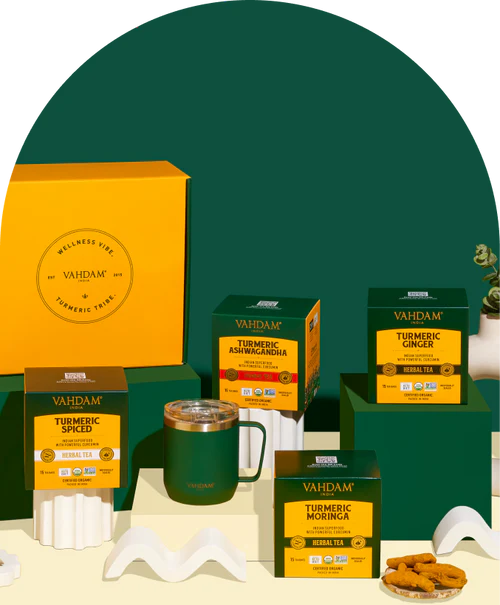
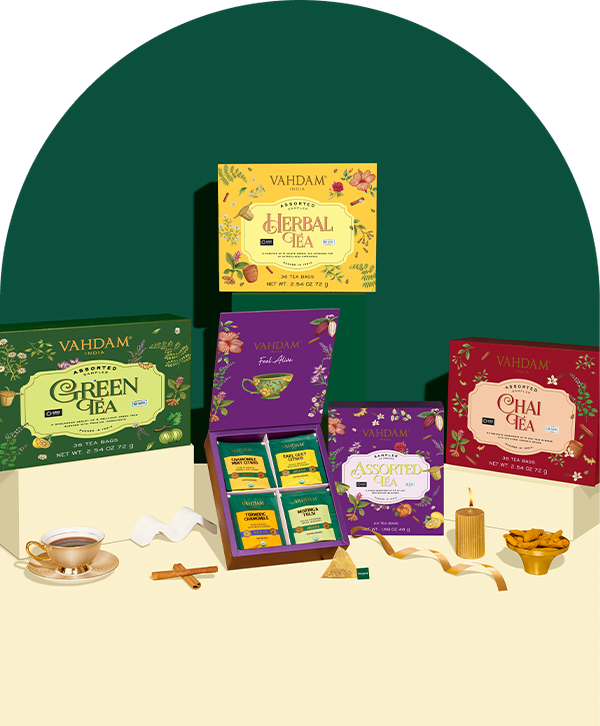
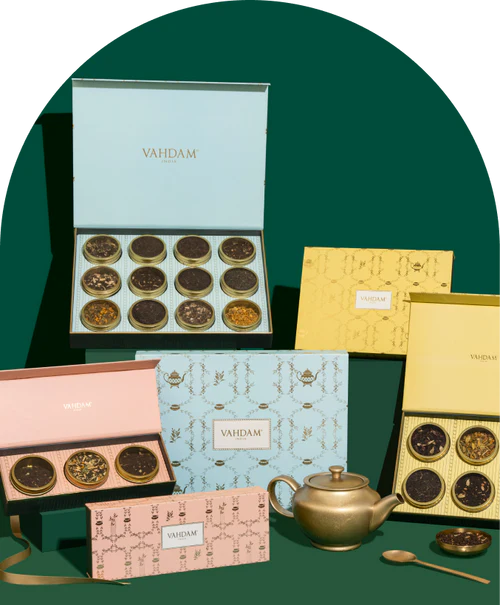
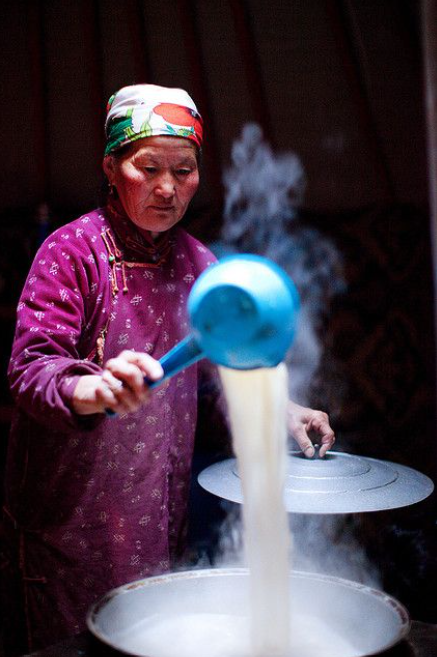
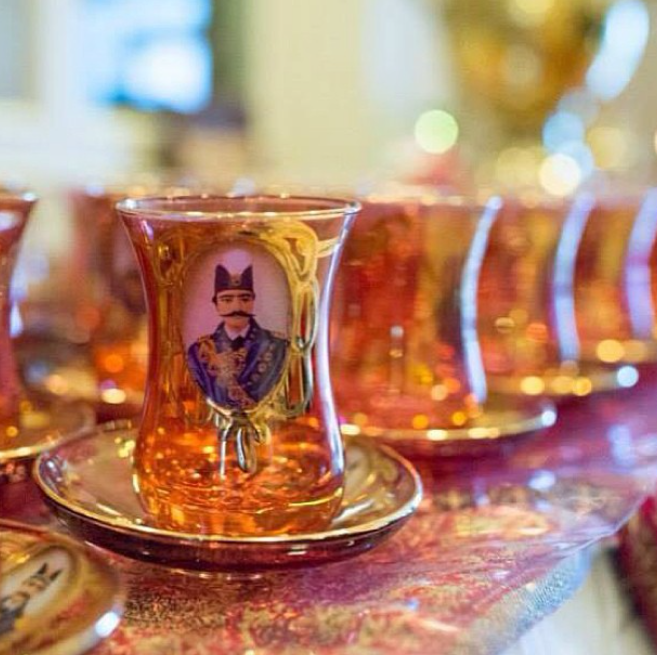
Leave a comment
All comments are moderated before being published.
This site is protected by hCaptcha and the hCaptcha Privacy Policy and Terms of Service apply.